In 2011, scientists in Alberta, Canada, found something amazing – a dinosaur mummy! This dinosaur, called Borealopelta Mark Mitchell, still has its skin and armor intact. It’s like finding a creature from 110 million years ago perfectly preserved!
The fossil was discovered in an oil sands mine. Experts think it was washed into the sea by a flood and quickly buried, keeping it safe from decay.
Perfect Preservation
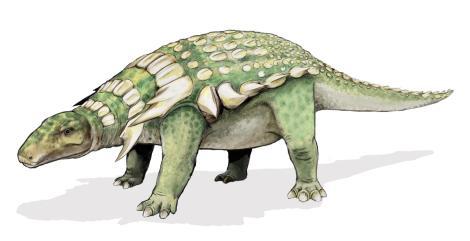
The nodosaur stayed so well-preserved because of mineralization. After it died, it probably floated out to sea, sank, and got covered by sediments. Over millions of years, minerals replaced its tissues, turning it into stone while keeping its shape.
This quick burial protected it from being eaten or rotting away, making it look almost new!
Skin Deep Secrets
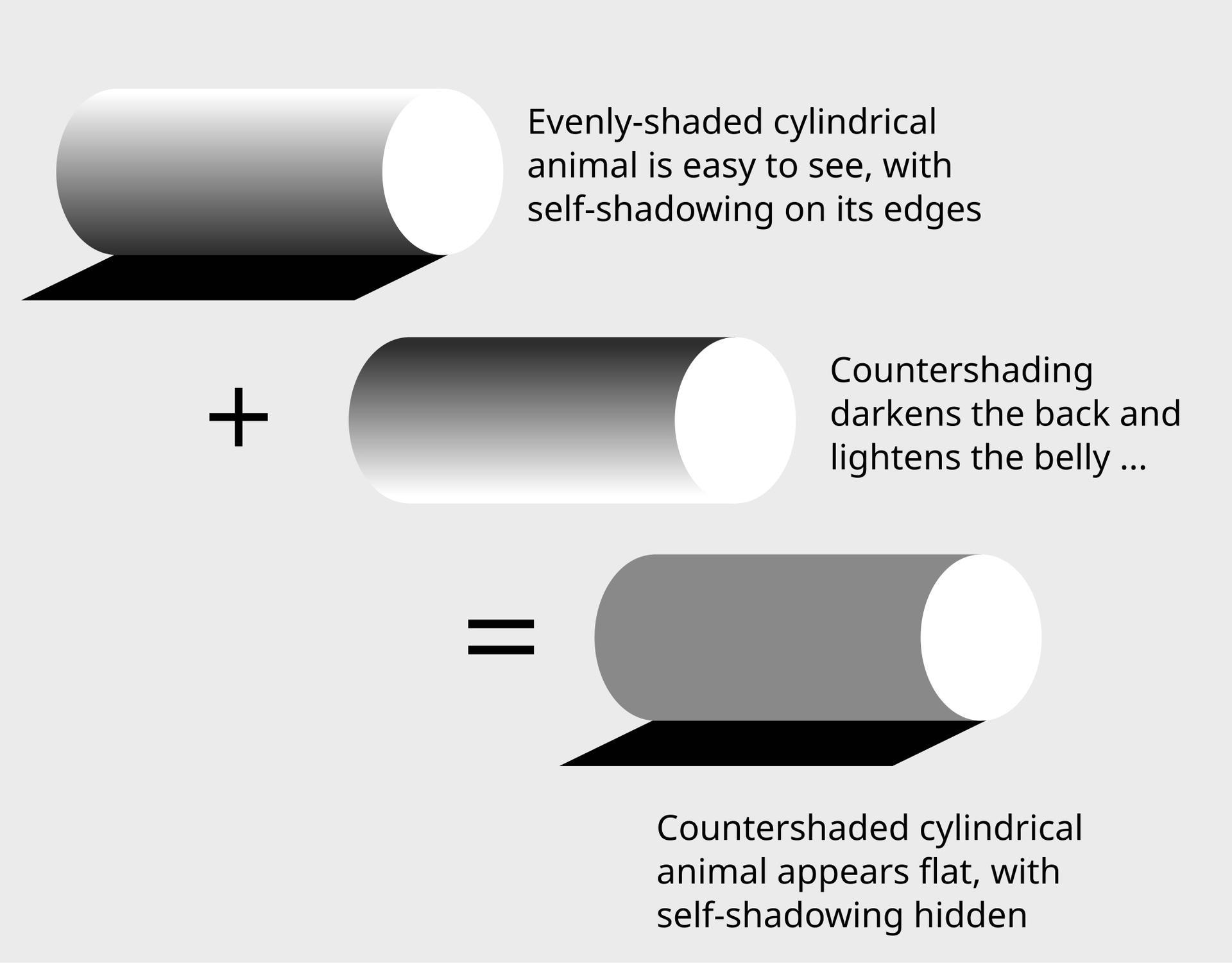
One fascinating thing about this nodosaur is its skin. Scientists discovered it had a dark reddish-brown back and a lighter belly. This pattern, called countershading, helped it hide from predators by blending into its surroundings.
Countershading is common in animals today, showing this dinosaur was well-adapted to avoid being spotted.
Armor and Spikes
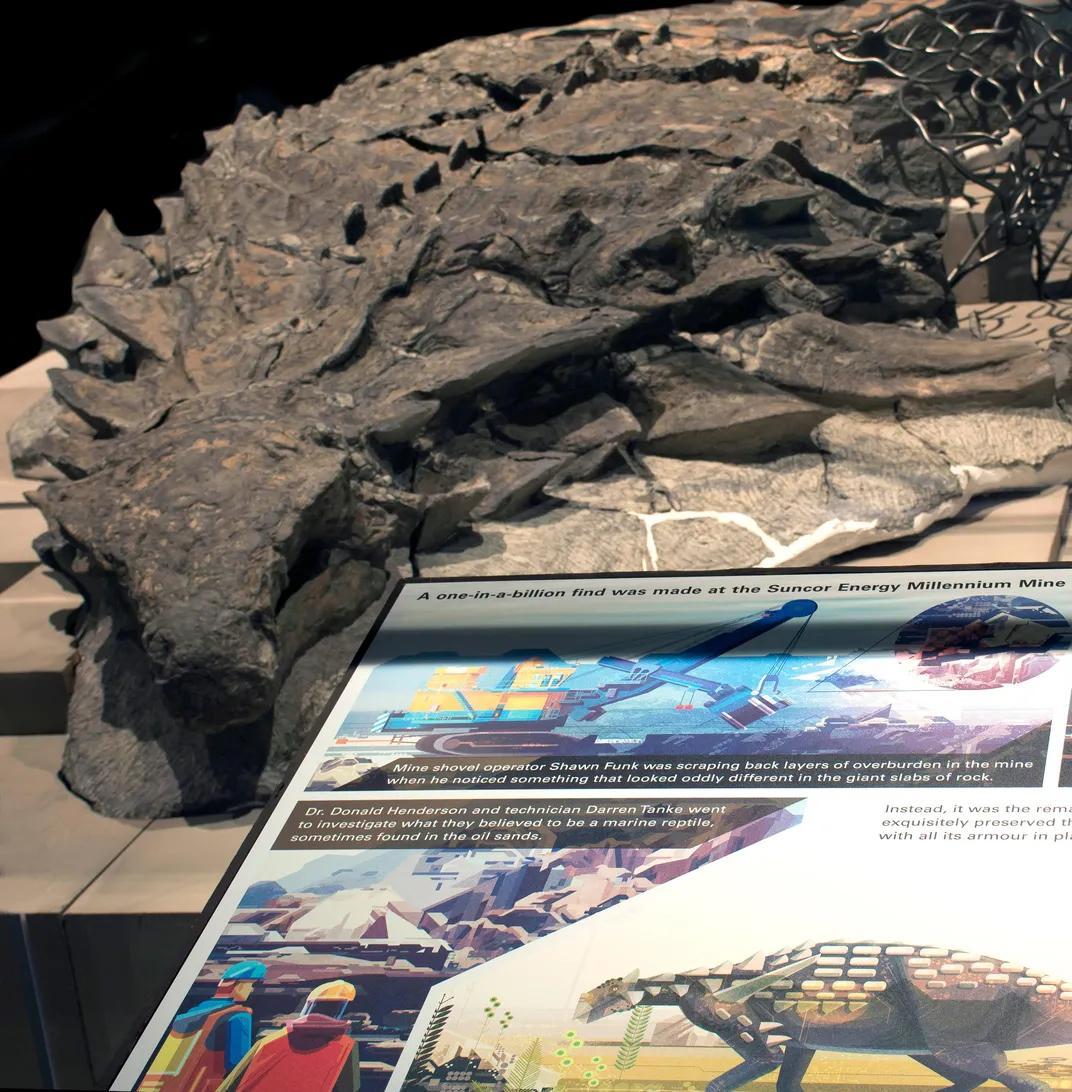
This nodosaur was covered in tough armor and big spikes to protect itself from predators. These features are so well-preserved that scientists can study them in detail.
Some spikes might have been used to attract mates, similar to how peacocks use their feathers.
What Did It Eat?
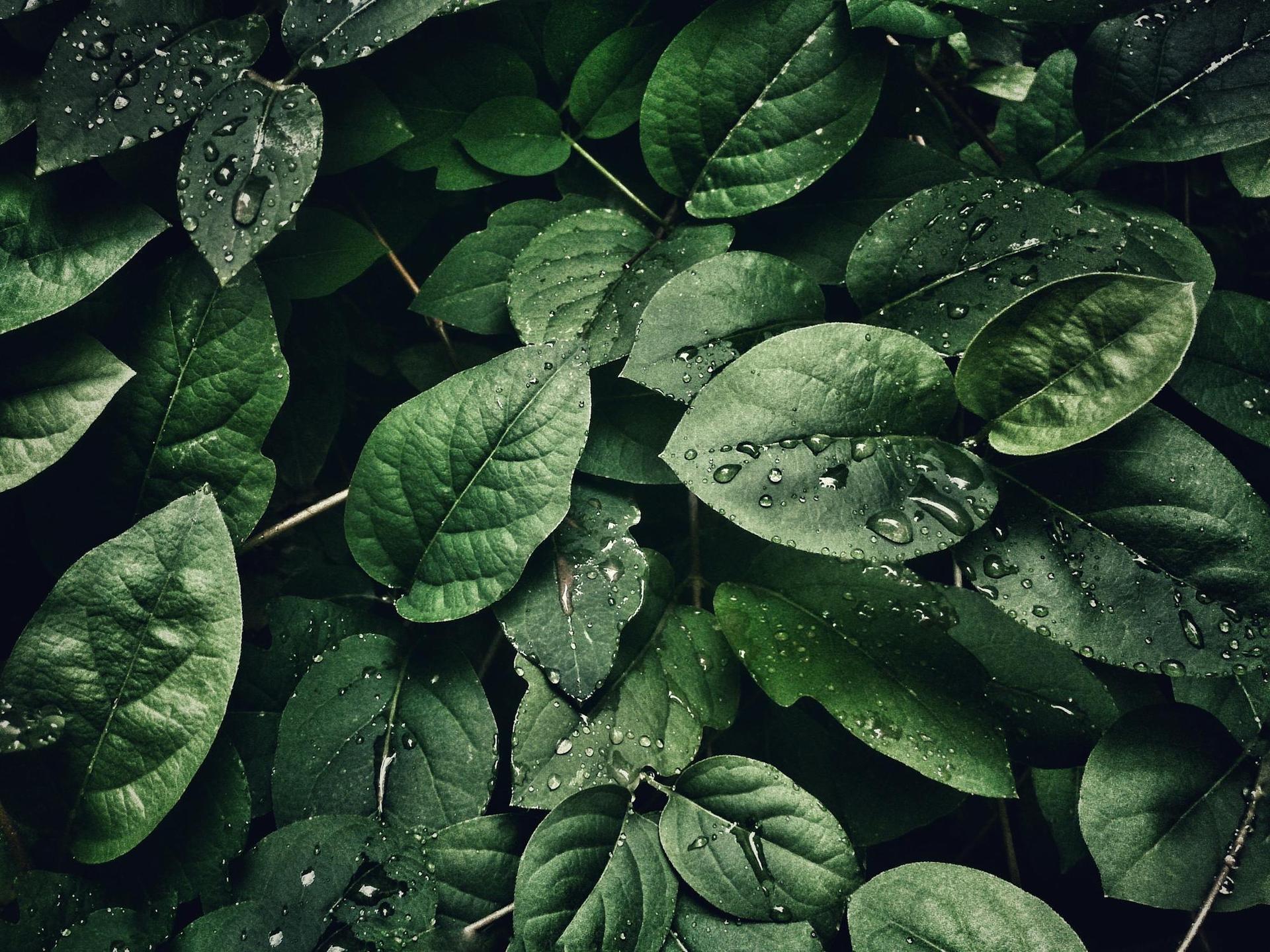
Scientists even found what this nodosaur had for dinner! Its stomach had bits of ferns and plants, proving it was a plant-eater.
This helps scientists understand what plants were around back then and what the dinosaur’s environment looked like.
A Lucky Find

The fossil was found by accident by a worker in an oil sands mine. He noticed something unusual in the rocks and called experts. It took over 7,000 hours to carefully dig out and clean up the fossil.
Now, you can see this amazing dinosaur at the Royal Tyrrell Museum, where it’s one of the star attractions.
Changing the Game

Finding the nodosaur has changed how scientists study dinosaurs. Its preserved skin and armor give new insights into what dinosaurs looked like and how they lived.
This fossil sets a new standard for discoveries and has inspired scientists to look closer at other fossils.
Tech and Dino Studies
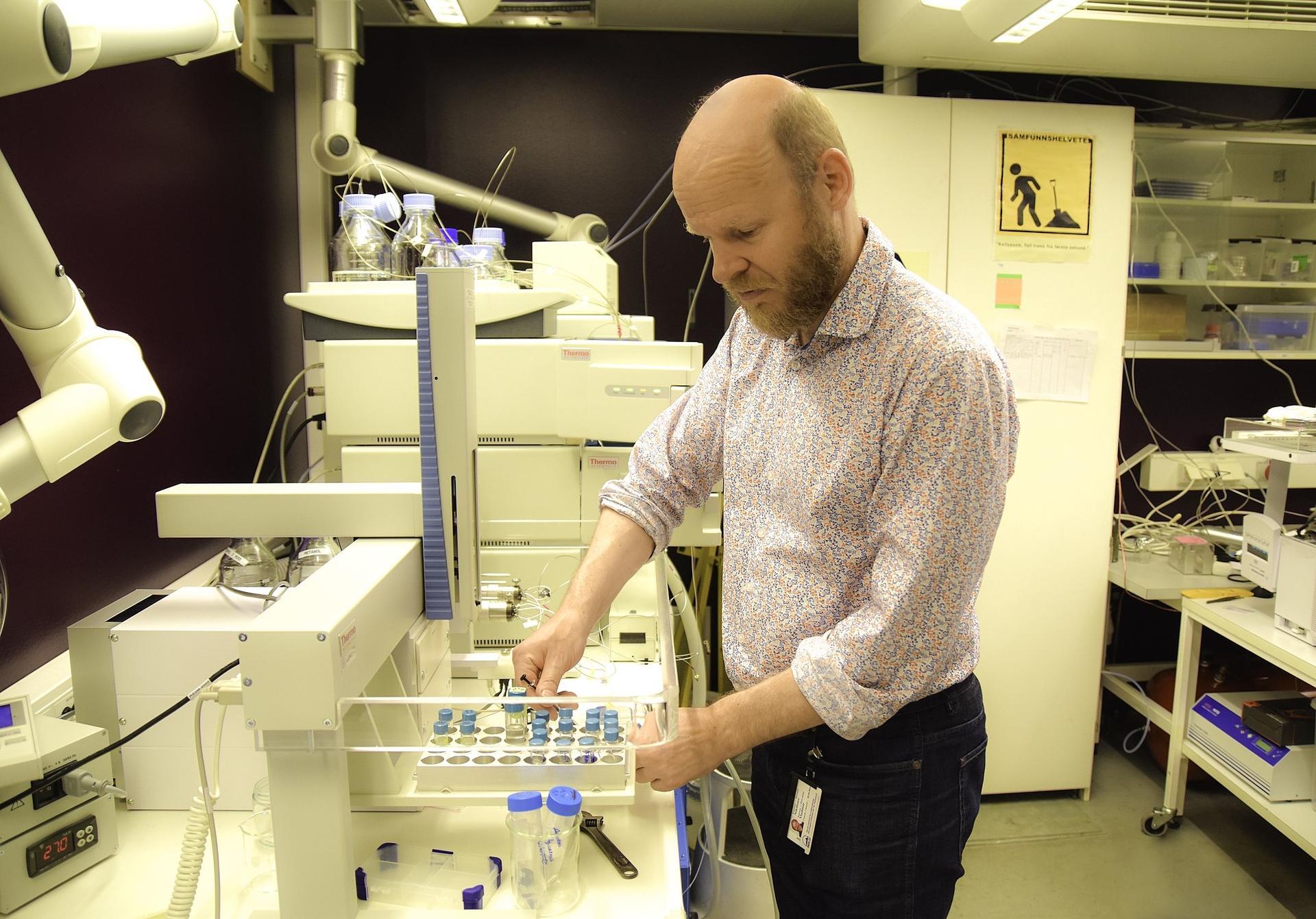
Using high-tech tools like 3D imaging and mass spectrometry, scientists have learned so much more about the nodosaur. These tools help them see details that were impossible to find before.
With these modern techniques, we can uncover even more secrets from ancient times.
Public Fascination

This nodosaur has grabbed everyone’s attention. People from all over come to see it at the museum because it’s so well-preserved and lifelike.
Seeing such an amazing fossil helps people appreciate the history of life on Earth and the work of paleontologists.
What’s Next?
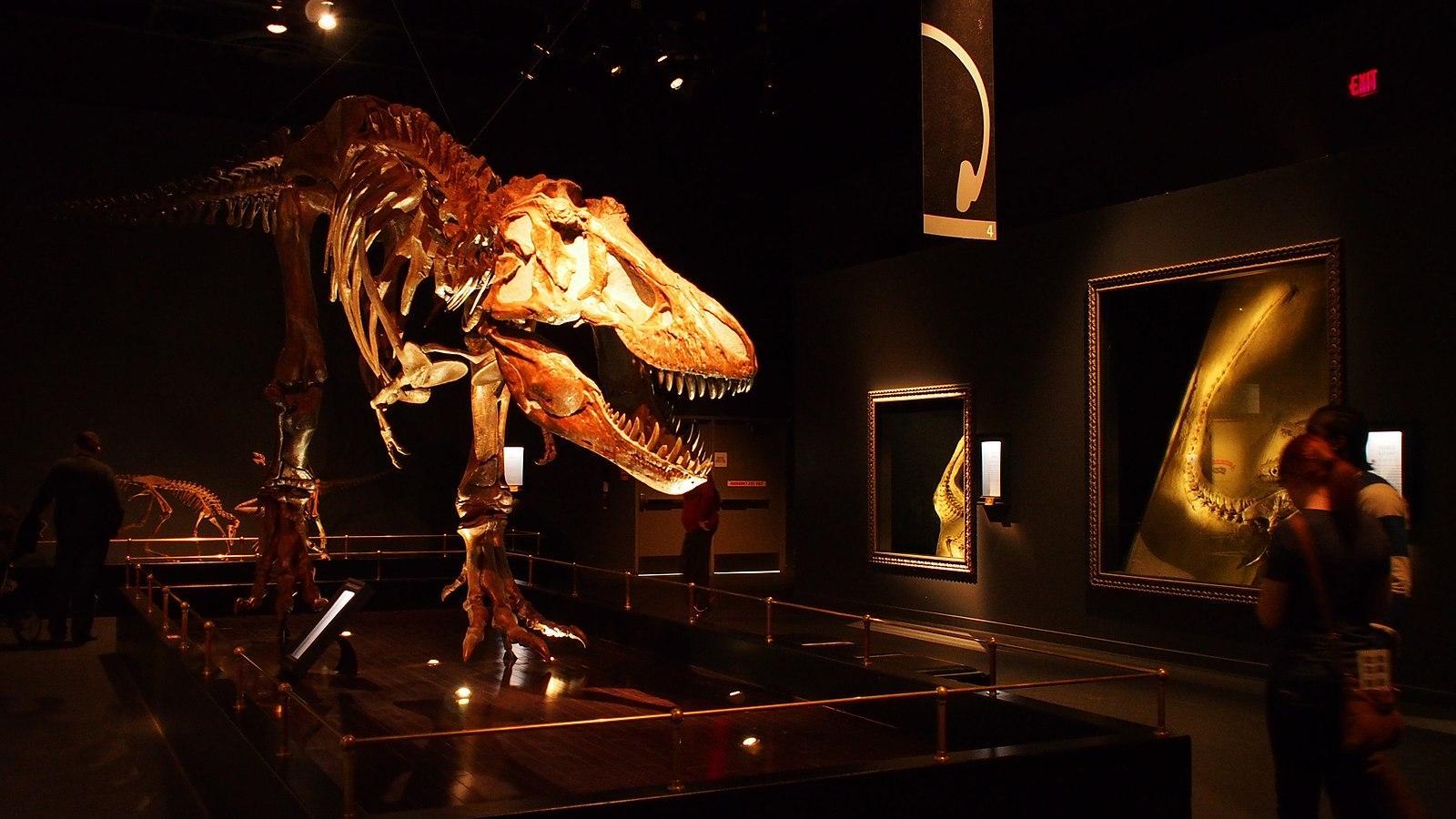
Scientists are still studying this nodosaur to find out more. As technology gets better, they hope to uncover even more about this dinosaur’s life and times.
The nodosaur fossil shows us how much we can learn about the past and keeps inspiring new discoveries.

